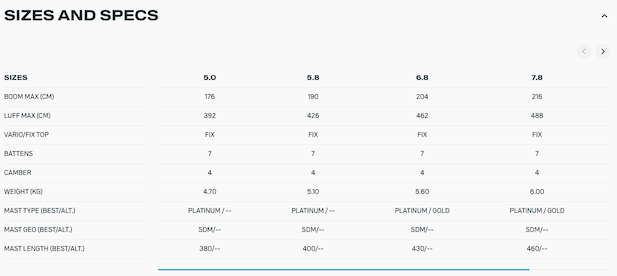A common question I hear from developers and development teams is: "Can Copilot help me with my legacy code?" Whether it's understanding it, maintaining it, or rewriting and modernizing the application in a new stack, the answer is absolutely yes—but you need to follow the right process.
You can find a video -in French- walkthrough of this approach here:
Don't Rush to Rewrite
The key mistake many make is jumping straight from legacy code (like Progress Software in my example) and asking Copilot to "write me a Java app" or "convert this to TypeScript." Instead, the proper approach is to start with documentation. We need to begin by creating reverse documentation from the existing code, which then serves as a solid foundation for rewriting. This ensures all functionality is well-documented and provides the right context for generating new code.
If you’re dealing with older Java or .NET applications, the GitHub Copilot App Modernization extensions can also assist you. This article focuses on other legacy technologies, but the principle remains the same — Copilot can be a great ally for retro-documenting your projects.
You can see a complete example of this retro-documentation process applied to the Sports App. (Originally in French then translated to English using Copilot)

